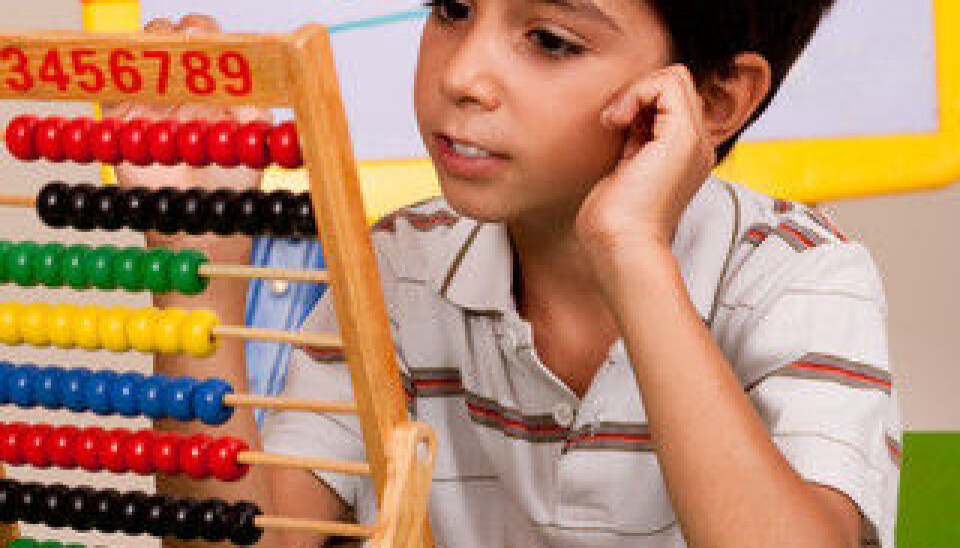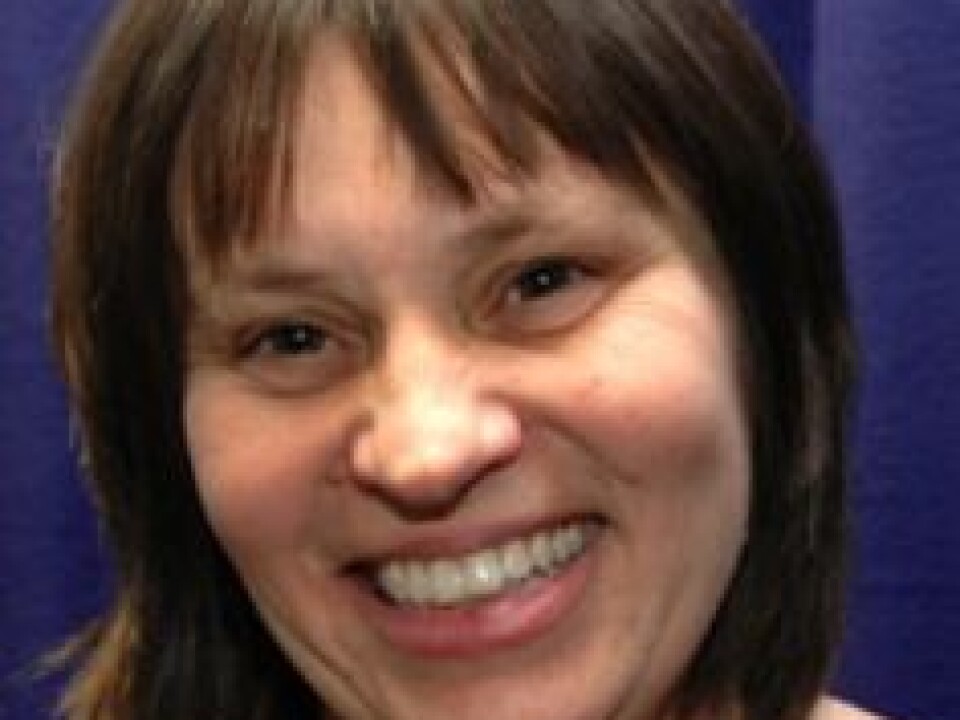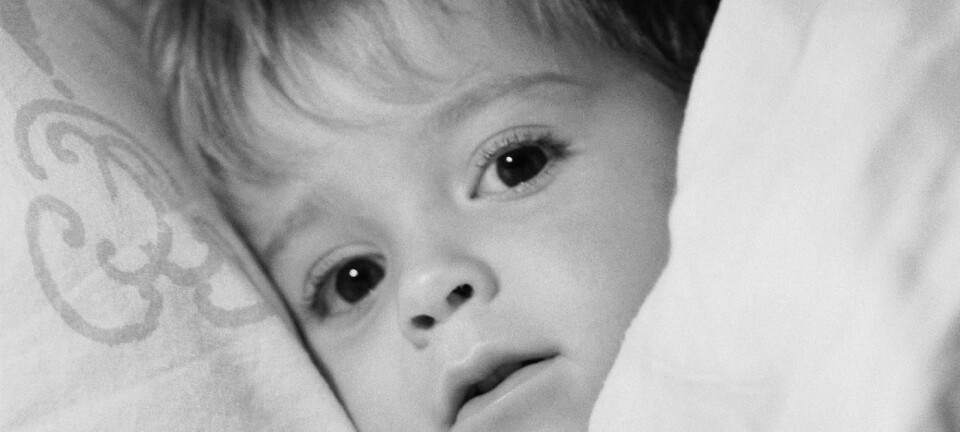This article was produced and financed by University of Stavanger

Taking the measure of toddlers
Norwegians two-year-olds can't count as well as kids of the same age in other countries. But they are a trifle better at geometry.
Denne artikkelen er over ti år gammel og kan inneholde utdatert informasjon.
These findings also show that there are considerable differences in mathematical competence among two-year-olds in Norwegian nursery schools.
“Little research has been done on mathematical capabilities among infants internationally, and nothing at all in Norway,” says associate professor Elin Reikerås at the University of Stavanger Reading Centre.
Together with Inger Kristine Løge and Ann-Mari Knivsberg she has written a study entitled “The Mathematical Competencies of Toddlers Expressed in Their Play and Daily Life Activities in Norwegian Kindergartens” which looks at the abilities of preschoolers in relation to problem-solving, geometry, numerals, counting and number.
Using international research
“Learning about children in Norwegian nursery schools allows us to view this subject in relation to what’s available in terms of international research," explains Reikerås.

Children acquire much mathematical expertise during their early years, which is important for their later development in this area.
“Our comparison suggests that the children in our sample are less competent with number and counting than toddlers in other studies," she says.
“But they’re a little better than their international contemporaries with certain geometrical abilities, such as doing jigsaws and understanding words related to placement.”
As expected, the competence of the subjects varied widely. That reflects the way children develop at different speeds and come to nursery school with varying resources.
“Several factors could explain differing competencies among toddlers,” says associate professor Inger Kristine Løge, one of the co-authors of the study.
“One could be variations in child experience. Lack of stimulation could hamper development. Some children find things out for themselves, while others need more encouragement.”
The cultural setting in Norwegian nursery schools differs from that in many other countries in that they have a greater focus on play and development.
Less emphasis is given to school-oriented learning activities, but the researchers say that play does not necessarily preclude acquiring experience with numerals, number and counting.
“Our findings may mean that Norwegian nursery schools give less weight to mastering number and counting, so that infants fail to acquire the experience they need for further development,” says Reikerås.
“Research shows that the children who struggle with arithmetic in school have displayed little interest in numerals and counting at nursery age.”
Large sample of children
The Stavanger project embraces more than 1 000 children, and a study of such a large sample over such a long period is unique even on a world basis.
Most research in this area involves small groups. For that reason, the Norwegian study probably paints a more realistic picture of what two-year-olds can master than earlier work.
“The differences in the results may also be affected by acquiring data while the children are in their normal nursery-school setting,” says Reikerås.
“To investigate what they’ve mastered, they’re observed in play and daily activities. That avoids such sources of error as a refusal to cooperate through insecurity or because they’re not in the mood that day.”
Data acquisition takes place over a three-month period, from the time each child is two and a half years old until they reach the age of two years and nine months.
Observations must be made by at least two nursery school staff, and each of them must see the child displaying mastery in at least two different circumstances.
“Staff have participated in extensive training, and guidance has been developed for each observation point to ensure we get the best possible data,” Reikerås explains.
“We’re talking about the competence of the child rather than their skills. What they can master is carefully observed over time, and not just during a brief meeting with a researcher in an unnatural setting as is usually the case.”

































